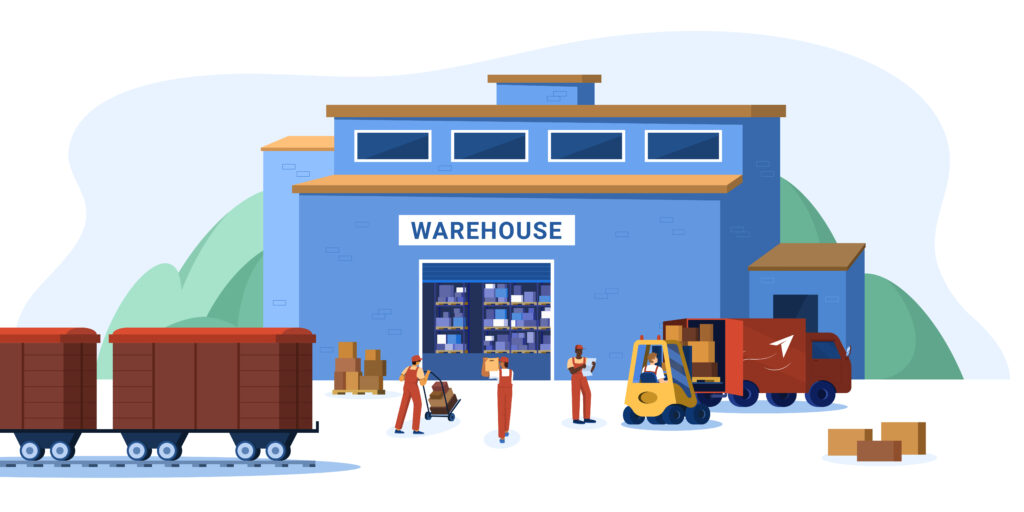
In this article, we study the warehousing sector in India. The warehousing market in India is experiencing significant transformation in the technology used as well as growth in the demand. It is expected to reach Rs. 2812.10 billion by 2027.
Warehouses are an operational place in the supply chain where goods or bulk produce are stored systematically for commercial purposes. These are generally used by exporters, importers, manufacturers, wholesalers, transport companies, customs, etc. They are found in the industrial sectors on the outskirts of the city.
The article covers the recent growth trends in the Warehousing Sector in India.
- The market overview with the difference in Grade-A and Grade-B warehousing.
- Major Private Equity and Foreign Direct Investments in the warehousing industry.
- Upcoming future trends such as dark stores, multi-storey warehousing, cold-chain warehousing, and ESG and green warehousing.
- The supply and the demand with the rising rent trends in the Grade-A warehouses in top 7 cities in India.
Download the file to know more about the warehousing sector in India.
